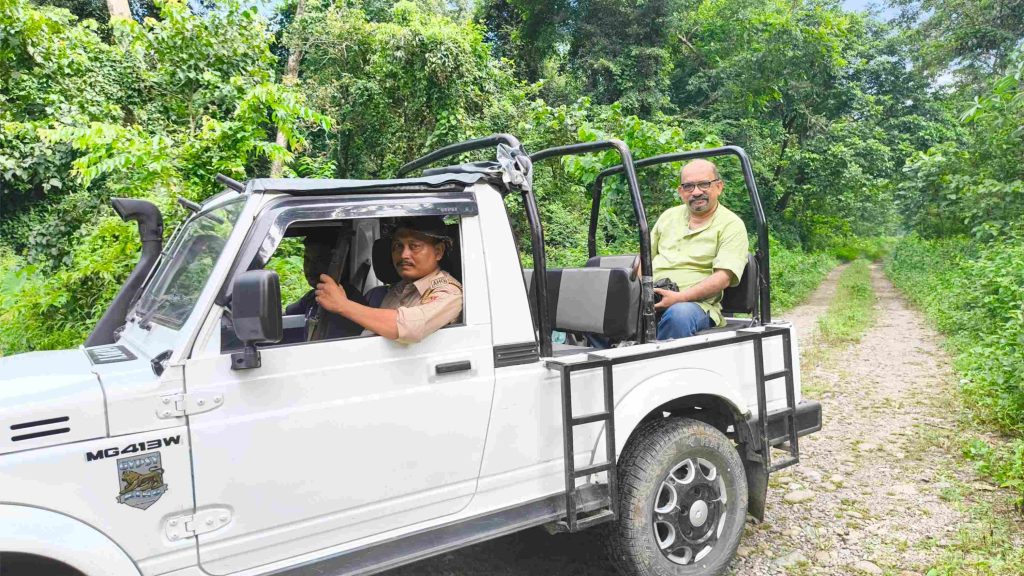In the misty south-central Bhutan foothills, where Assam’s forests murmur with rivers and legends, a new sanctuary has been etched into the wilderness map. Sikhna Jwhwlao National Park (notified on March 5, 2025), the latest jewel in Bodoland’s green crown and Assam’s eighth sanctuary, has placed the State second only to Madhya Pradesh in India’s proud constellation of national parks. Spanning 316 sq. km across the lush districts of Chirang and Kokrajhar, Sikhna Jwhwlao—40 km from Ultapani, 28 km from Kokrajhar to Bismuri (its entry gate), and 32 km from Bongaigaon to Bismuri, about 216 km from Guwahati airport—rests at the confluence of wilderness and memory. Bridging the verdant Chirang and Manas Reserve Forests, and sharing its northern boundary with Bhutan’s Sarpang district, the Park’s forested passage is poetry in motion, a vital and safe corridor for wildlife between the Manas and Raimona national parks.
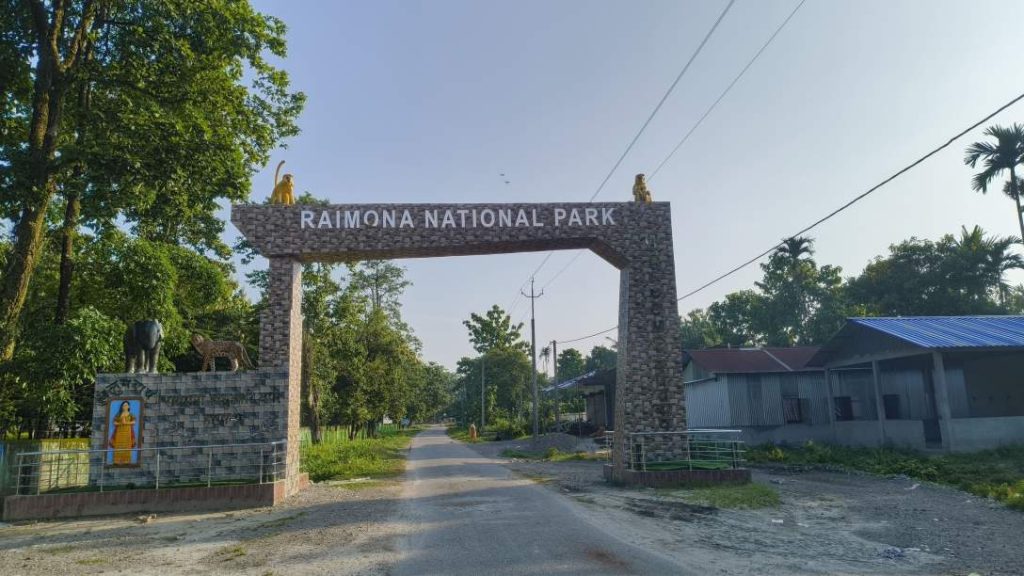
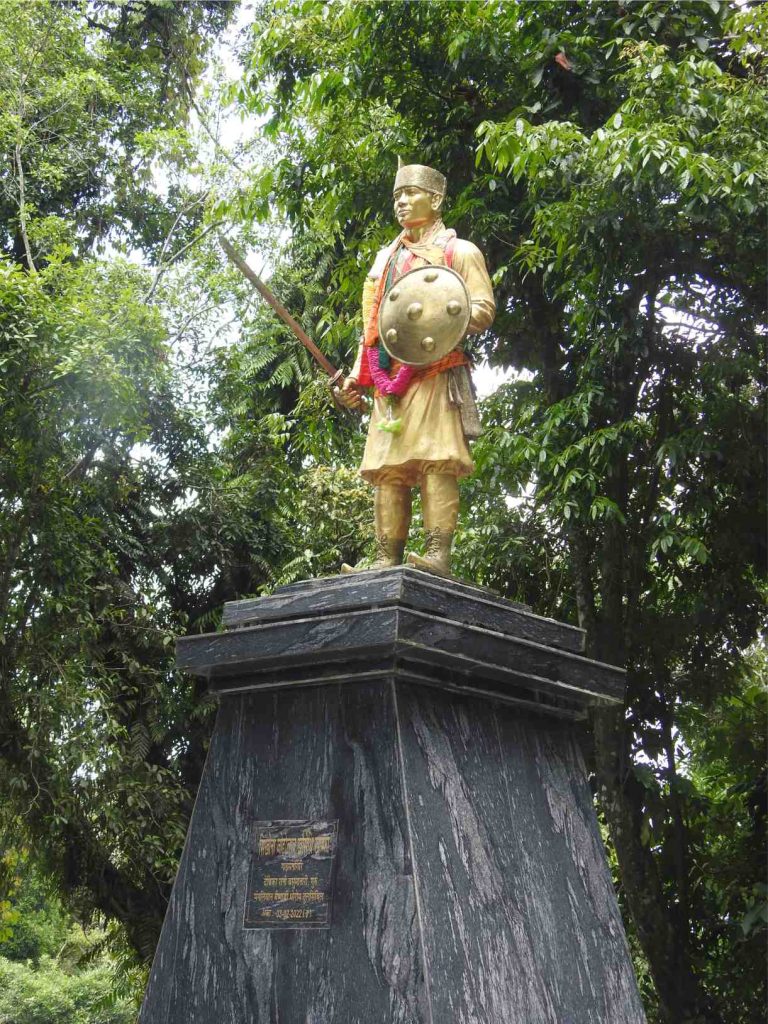
What is superlative, though, is the creature that moves among the treetops like whispered prayers—the rare and radiant golden langur. The mascot of the Park and soul of the canopy, endemic to this sliver of western Assam (including the nearby Chakrashila Wildlife Sanctuary) and the neighbouring forests of Bhutan, these leaf-eating primates in golden coats form a luminous and sacred continuum of species and story. Drifting through the moist evergreen, deciduous, and riverine forests, they inhabit a realm where every shadow carries a myth.
From June to October every year, yet another magic unfolds in this haven—with the forest floor along the 25-kilometre trail from Bishmuri to Ultapani, erupting into a fluttering festival of more than 460 (as reported) species of butterflies, a kaleidoscope of blue, orange, and gold flitting through filtered sunlight, drawing lepidopterists, wanderers, and those who chase beauty.

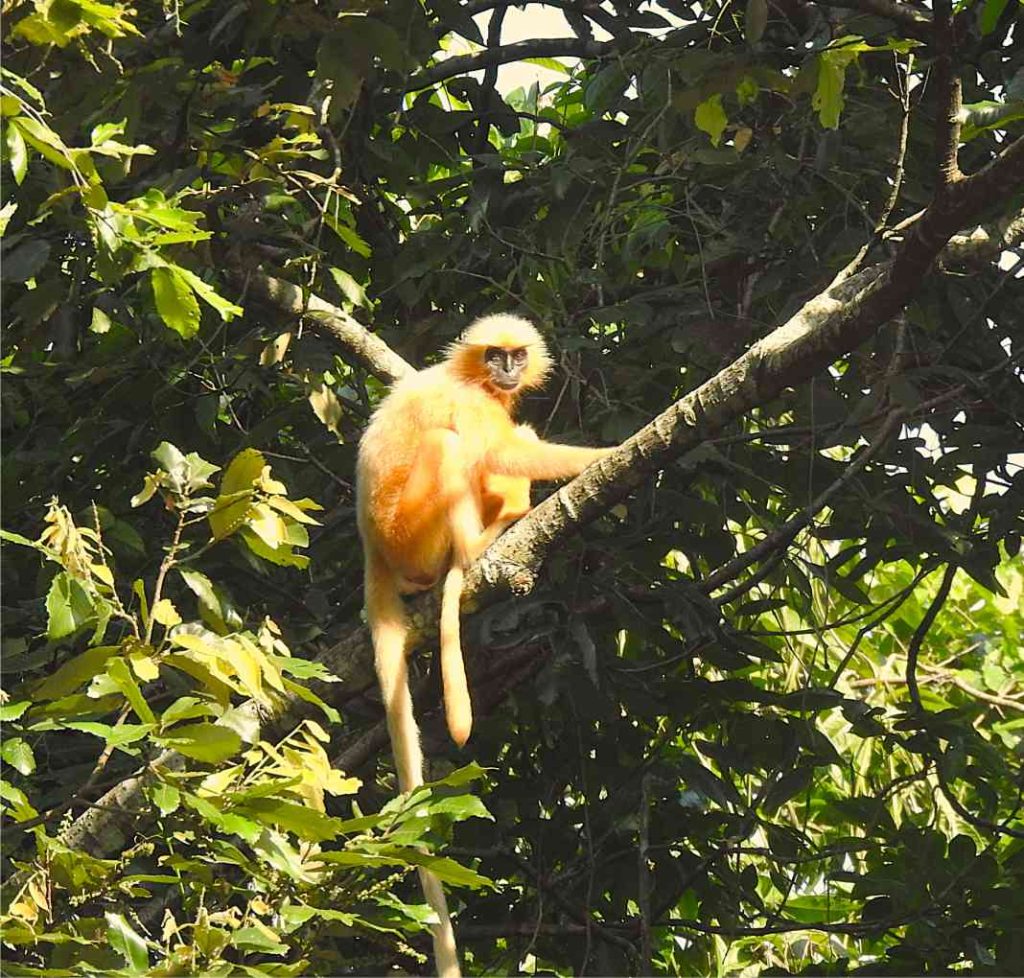
Named after valiant Bodo warrior Sikhna Jwhwlao, who resisted British forces during the Duar War (1864–65) the Park carries the memory of his capital, Sikhnajhar—now nestled deep within the sacred Ultapani forest—where age-old rituals like Bathou and Kherai Puja are still performed by the local Bodo communities. Here, the river also flows westward against nature’s grain, earning the poetic name Ultapani or “upturned waters”. Nearby Saralpara, fed by Bhutanese streams, adds to the serene tapestry of cool refuge and spiritual calm.
Just 62 km (Bismuri to Raimona central range 25 Kms) from Sikhna Jwhwlao lies its older twin, Raimona National Park, the westernmost national park of Assam. Spread over 422 sq. km and part of a transboundary conservation mosaic of 2,400 sq. km that includes Bhutan’s Phibsoo Wildlife Sanctuary and West Bengal’s Buxa Tiger Reserve, it is a wilderness enclave where elephants, hornbills, golden langurs, and countless butterflies move freely, guided only by the rustle of leaves and the promise of sanctuary.

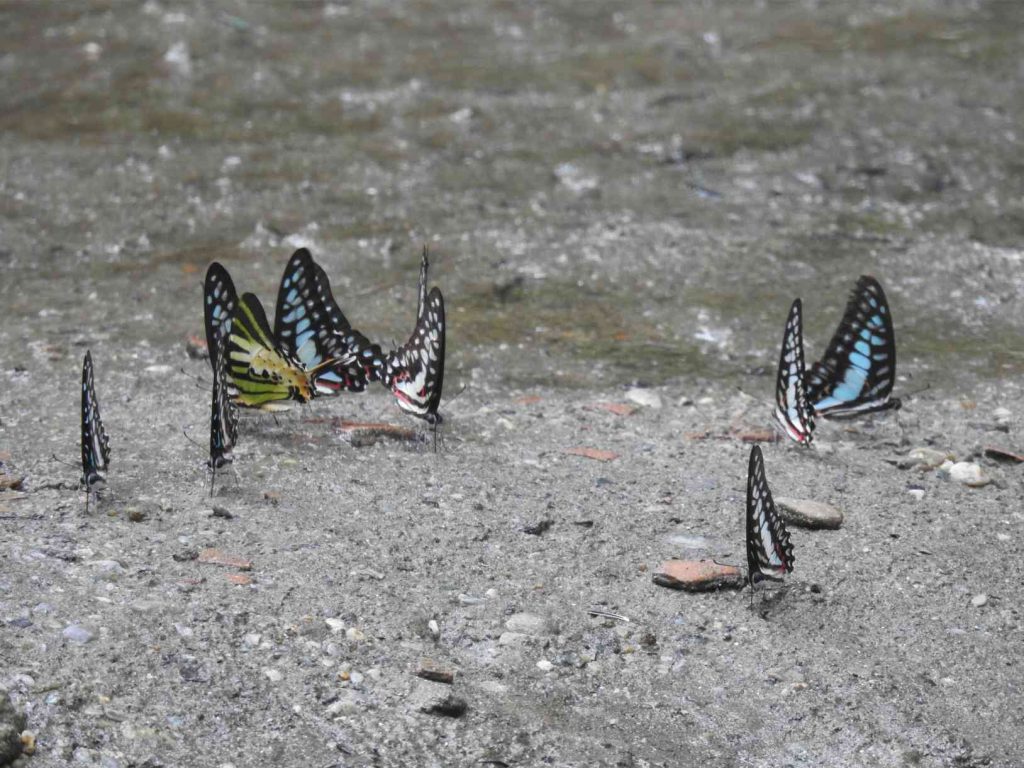
In the 1950s, tea planter and naturalist Edward Pritchard Gee first recorded the golden langur near Jamduar, marking Raimona’s entry into conservation history. Yet science tells only part of the story. By the Sankosh River, locals recall a lost cave kingdom ruled by a Water King, where British soldiers once entered and never returned—giving the place its name. The entrance was swept away in the 1972 floods, leaving only a jagged crack, a myth, and ancestral memory.
Raimona’s jeep trails unfold like a living fable, an immersive Jungle Book experience with ancient trees standing sentinel as golden langurs leap across and butterflies ride air currents beside your jeep. Together, Sikhna Jwhwlao and Raimona are Bodoland’s sacred whisper of land, legend, and life, unfolding in golden fur and winged wonder.
